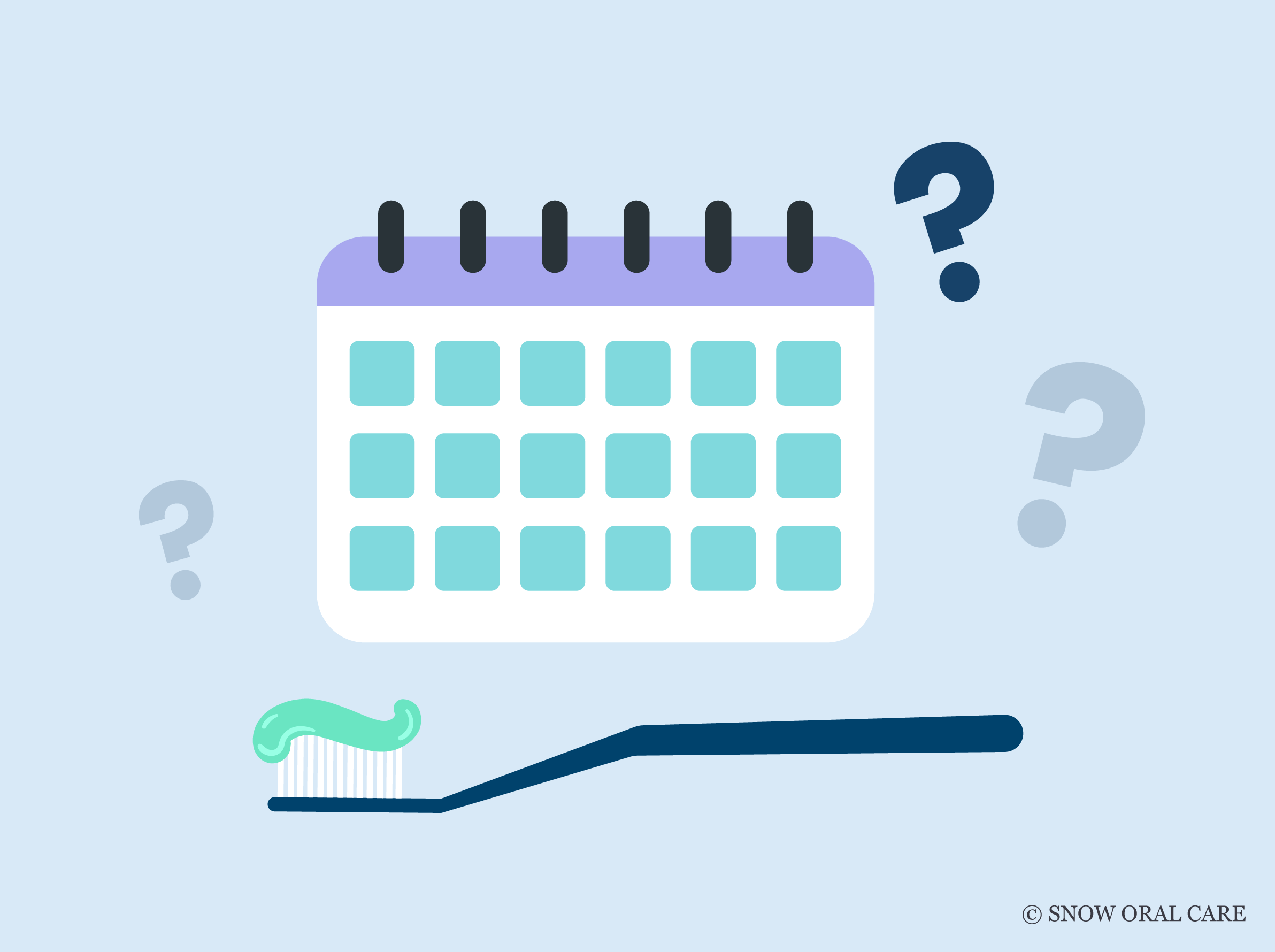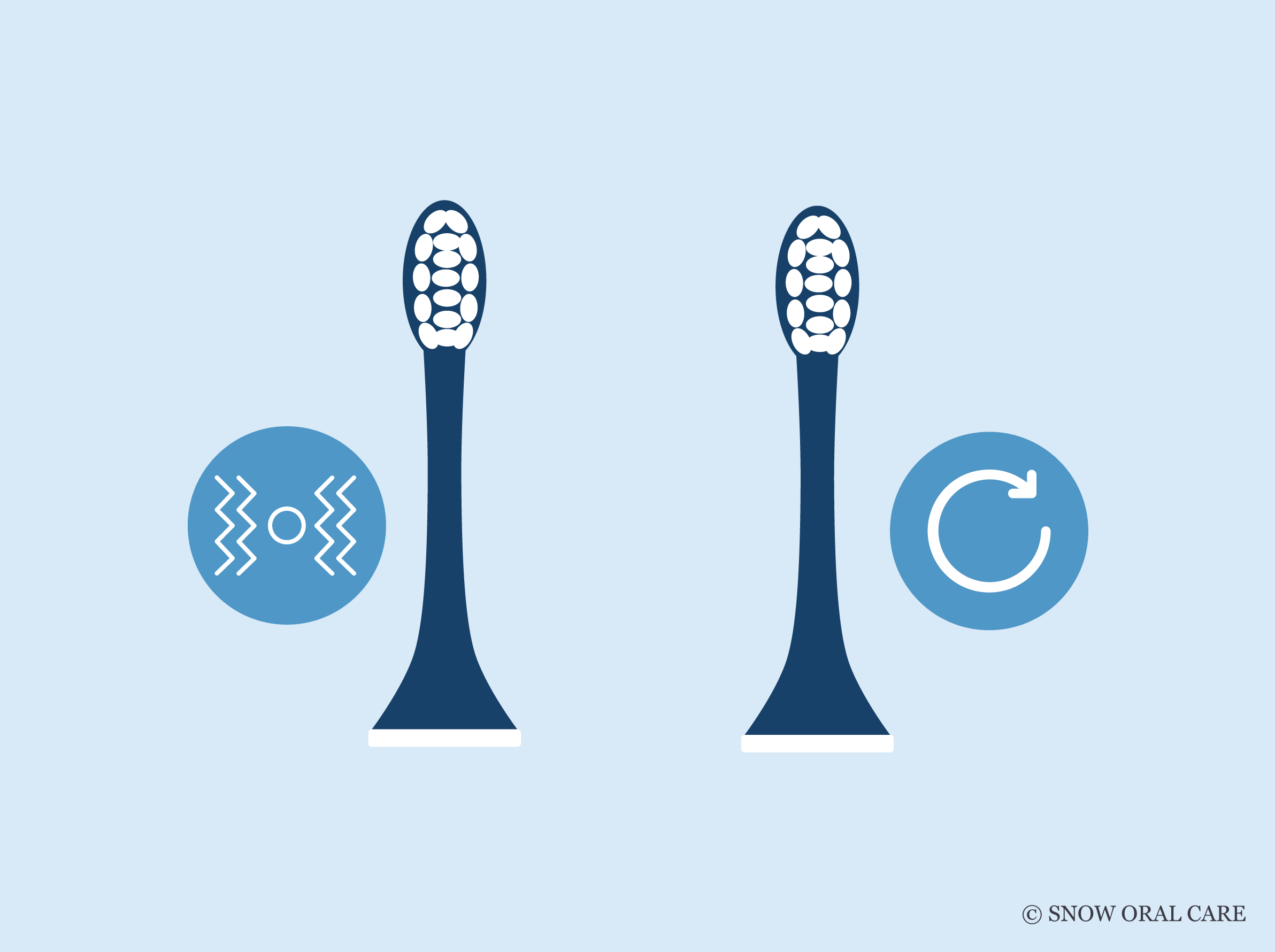Show of hands. Who prefers yellow teeth? Gray teeth? Brown teeth? What about green teeth?
Obviously, nobody raised a hand. (Please tell me you did not raise your hand.)
Every single odd tooth shade that I mentioned can truly happen. Teeth can be stained by foods, drinks, chewing tobacco, smoking cigarettes, or taking medications.
Some of these stains are intrinsic (on the inside of the tooth), while the others are extrinsic (on the surface of the tooth.)
White teeth are more appealing than stained teeth. A white smile lights up your face. It exudes confidence. It even boosts confidence.
Without even realizing what is happening in our minds, we automatically believe that a person who has a beautiful, white smile must also take great care of their health.
That being said, teeth whitening is becoming more and more common. Many of us are regularly working to brighten our smiles in an effort to be more attractive and boost self-confidence.
How Do People Whiten Their Teeth?
There are natural methods that people attempt to whiten their teeth. That being said, I’m about to call some of you Pinterest lovers out.
You’ve tried rubbing a banana peel on your teeth and slicing strawberries to rub on your teeth. You’ve brushed with turmeric powder … yummy. (No. Seriously. Gag. Take it from me. It’s horrible.)
If you’re a true DIY-er at heart, then I bet you’ve brushed your choppers with baking soda. To go the extra mile, you may have made a paste with baking soda and lemon juice and painted your teeth with it. (Thank you, Dr. Oz. My gums were only raw for a little while.)
Or you mixed your baking soda with hydrogen peroxide and brushed your teeth diligently, expecting results in one week. Again. This irritates your gums because it’s a wee bit abrasive.
Finally, I bet you’ve tried coconut oil. You can brush with it or swish it around in your mouth for oil pulling, all in an effort to whiten your teeth.

When natural methods don’t produce results, you may have opted for whitening toothpaste. My, oh my. There is countless toothpaste being made that claim to whiten teeth.
Network Marketing companies make whitening toothpaste; organic companies sell whitening toothpaste. Colgate, Crest, Sensodyne, AquaFresh … They all make whitening toothpaste.
And who could forget the charcoal toothpaste? Those babies are fun. They give you something I like to call zombie mouth. (I may or may not have brushed my teeth and left a bit of it in my mouth to scare my kids.)
The next level of teeth whitening is the traditional whitening strip. You put these on your teeth for ten to fourteen days for twenty to thirty minutes each day. (And try not to swallow as your mouth fills up with saliva and the bleaching solution!)
Next, you have the at-home whitening trays. You fill up the trays with a bleaching agent and bite down on the tray, allowing the solution to sit on your teeth for twenty to thirty minutes. This is more potent than toothpaste or strips.
Whitening trays can be purchased through a dentist or online. For example, Snow makes a great whitening system that can be done entirely at home. Absolutely fantastic results can be achieved in the comfort of your own living room or all cozied up under the covers of your bed.
Or, you can have your teeth whitened by a professional. Sitting in the dentist’s chair for as little as one hour can whiten your teeth. Did you know that having your teeth professionally whitened can leave your teeth bright and beautiful for years to come? Yep. (That’s only if you practice excellent oral hygiene.)
Having your teeth whitened comes with many positive benefits. We love our dazzling white smiles. However, there are also some side effects that may come along with having your teeth whitened.
What are the side effects of teeth whitening?
As hard as it may be to believe, a few unpleasant side effects may happen when you whiten your teeth. Most of these side effects are nothing to be concerned about. Nevertheless, it’s better that you know what they are, so you go into it with your eyes open!
Inflammation
Teeth whitening involves chemicals that remove stains from the teeth. The bleaching solution used to whiten teeth can often come into contact with the gums. As you can imagine, it is a tad unpleasant to have chemicals sitting on your gums.
Basically, your gums would be getting their very own chemical burn. Do not ignore it. Your gums are considered the soft tissue.
If that bleaching solution does sit on your gums, it basically eats away at your gums, causing them to become inflamed. Not fun. So, you will need to rinse those gums thoroughly with water to remove any of the chemicals sitting on your gums.
You’ll know you have a chemical burn on your gums if they turn white right after the bleaching solution touches them. It will heal fairly soon, but bleeding may occur before the healing takes place.
Do not brush your gums or eat anything acidic while your gums are healing. That will only serve to delay the healing process and cause unnecessary pain.
Irritation
Those chemicals can actually penetrate the enamel of your teeth anywhere a tiny hole or crack is hiding. When this happens, the bleaching agent passes through any of those cracks or holes in the enamel and enters deep down in the pulp.
When the bleaching agent hits the pulp, it causes irritation. Imagine that. Chemicals entering into the inside of your teeth can actually irritate your pulp. Yep. That’ll definitely give your teeth fits.
Increased Sensitivity
Do you cringe when drinking a milkshake or wince in pain when you have a hot cup of tea? Well, then you probably suffer from sensitive teeth.
If you already have sensitive teeth, whitening them will only increase your level of sensitivity. Or, if you have sensitive places on your teeth already, then you can probably bet this will be the case for you.
To whiten teeth, the bleaching solution is applied directly to the surface of the teeth. When that solution hits your sensitive areas, you will feel it. Boy, will you feel it? You will especially notice it if your gums are receding in many areas.
And suppose you don’t notice the sensitivity right away. In that case, chances are you will notice the sensitivity increasing after a period of time—especially if you are using a whitening system that is practiced over an extended period of time. This time frame could last as little as ten days or several months.
(Great news for those of you considering Snow’s teeth whitening system! Snow has already prepared for the possibility of sensitivity. You will have the option to use a desensitizing serum that reduces sensitivity for its users!)
You will want to purchase a toothpaste designed for sensitive teeth that the American Dental Association approves if you are experiencing sensitivity. Using this type of toothpaste regularly will help in an overall reduction of sensitivity.
The sensitivity brought on by teeth whitening should go away rather quickly. If it doesn’t, be sure to tell your dentist. You want to be sure there is no other underlying condition causing the sensitivity.
Tingling Sensation
A tingling sensation sounds a bit ominous, right? The tingling sensation will actually feel like a tiny electric shock in your lovely white teeth. Doesn’t that just sound super fun?!
The solution used for bleaching your teeth is more than likely the culprit. Be sure to pay attention to each of these tingling sensations and where they occur so you can make a note and share it with your dentist.
Stomach or Throat Pain
Okay, so stomach and throat pain may sound like it couldn’t possibly be related to teeth whitening. Stay with me here. It’s about to make perfect sense.

Have you ever read the note on the toothpaste that tells you not to swallow it? (Okay. So this is mostly for little kids who like to eat their toothpaste.) The bleaching agent used to whiten your teeth requires you to follow those same guidelines. Do NOT swallow it.
If the bleaching agent hits your throat, you can expect it to hurt. You are essentially allowing chemicals to come in contact with the incredibly soft tissue lining your throat. Ouch! No, thank you, ma’am.
Clearly, things that slide down your throat are headed into your stomach. That bleaching solution is heading for trouble. It will probably cause you to be rather nauseated and may cause you to vomit for about two days.
That alone should be enough information to make you diligent about refusing to swallow a drop of that bleaching agent.
Be sure to have a chat with your dentist about the things you can do to avoid having these unpleasant side effects.
Don’t Panic
If you’re thinking about having your teeth whitened, there is no need to panic. Choosing to whiten your teeth is a very safe decision.
The reality is that even though these side effects are possible, they are not severe. The likelihood of experiencing severe or damaging side effects from whitening your teeth is extremely low.
If you find yourself concerned about the sensitivity issue, fear not you people who wince at the sight of ice. We give you …
Ways to Deal with Sensitivity Due to Teeth Whitening
Take Ibuprofen or Naproxen Sodium: By taking ibuprofen or naproxen sodium before whitening your teeth, you may be able to keep the sensitivity symptoms at bay. If you take it afterward, it should help to decrease the pain of sensitivity.
Limit Intake of Cold Food and Drinks: People with sensitive teeth are already aware that eating and drinking cold things can be irritating. Whitening your teeth will only exacerbate the existing sensitivity issues. By limiting cold food and drinks as you whiten your teeth, you can help to reduce the severity of the sensitivity symptoms.
Read the Instructions Carefully: By telling you to read the instructions carefully, we mean reading the instructions carefully and following them to a tee. The manufacturer wrote those instructions for a reason. They want you to have a great experience! So follow those manufacturer instructions.
Increase the Time Between Applications: Rather than applying the bleaching agent every single day for twenty to thirty minutes, try increasing the time between applications to every other day. By allowing more time in between applications, you can help to lessen your sensitivity symptoms.
Use Teeth Whitening Sparingly: If you use teeth whitening products regularly, you can greatly increase your chances of causing damage to your teeth. Use whitening agents sparingly in order to decrease your chances of sensitivity symptoms. In other words, leave plenty of time between each treatment program.
Sensitivity Toothpaste and Fluoride Rinses: Be sure to use oral rinses and toothpaste designed for reducing sensitivity. Many dentists will suggest that you use a fluoride rinse or gel alongside your whitening treatment. Both of these can be very effective in preventing or improving sensitivity.
Use Whitening Products Lower in Peroxide: Try to keep the level of peroxide between 6% and 10% if you want to minimize the sensitivity symptoms. Avoid using a higher level of peroxide if you already have sensitive teeth. Otherwise, you’ll be sorry!
Soft-Bristled Toothbrush: You will need to use soft-bristled toothbrushes to diminish sensitivity and to prevent increased sensitivity. (You should be using a soft-bristled toothbrush. Period. It is better for the health of your teeth and gums!)
Tell Your Dentist: If you are having sensitivity issues related to whitening your teeth, tell your dentist. You want to be sure the sensitivity is not being caused by another issue going on in your mouth.
Desensitizing Products: Your dentist should carry products in the office that are made to desensitize the teeth. The dentist can apply a desensitizer for various reasons.
In Conclusion
As you can see, there are several side effects when you have your teeth whitened. None of them are permanent. All of the side effects are short-lived and minimal.
Overall, using different bleaching methods on your teeth is fairly simple and safe. If you want a whiter smile, check in with your dentist to be safe. More than likely, you’ll get the green light, and you are on your way to a whiter smile!














































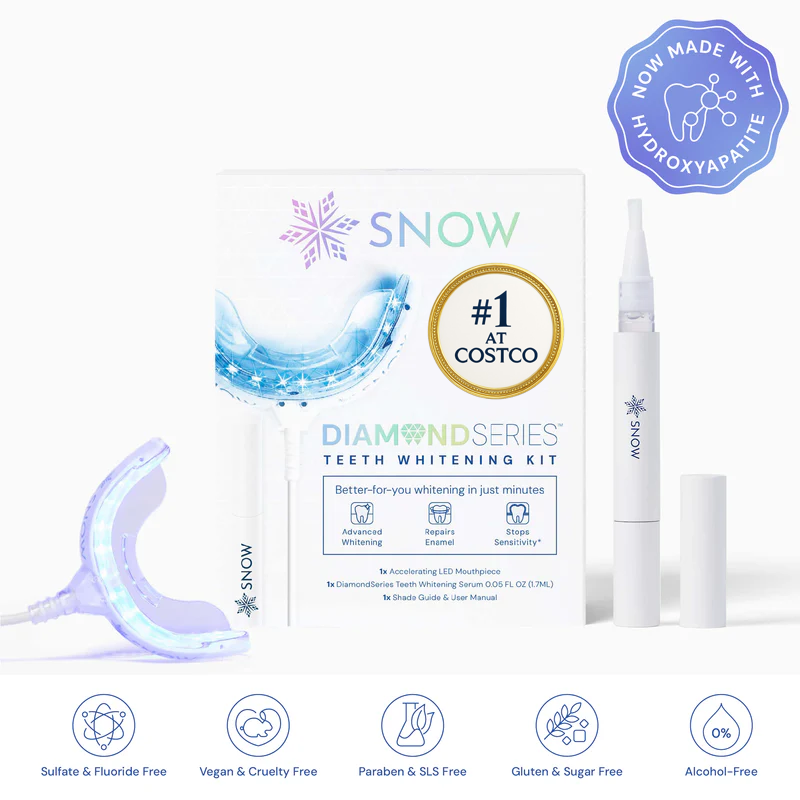
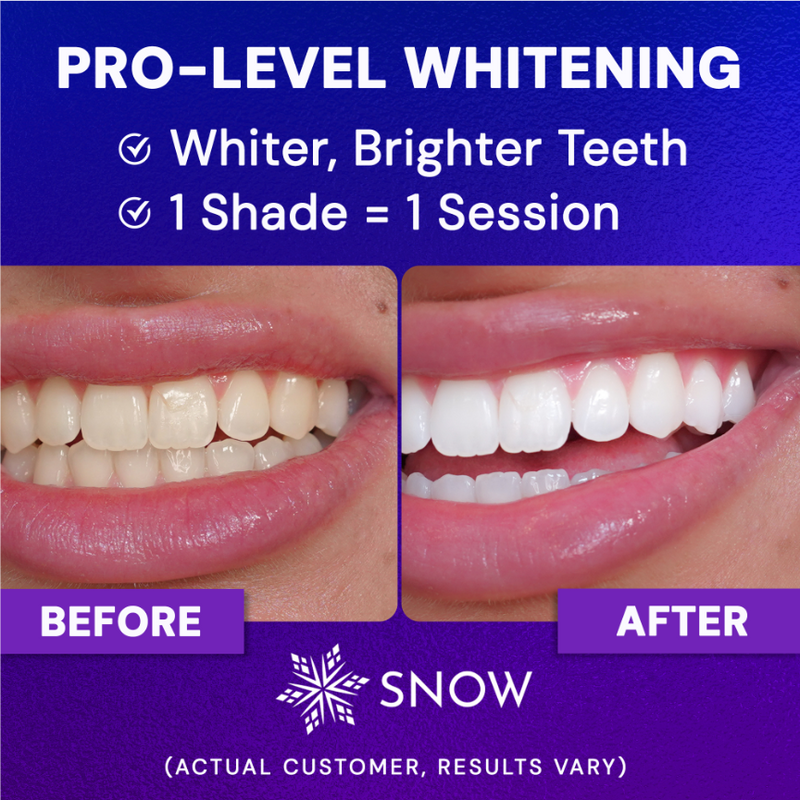
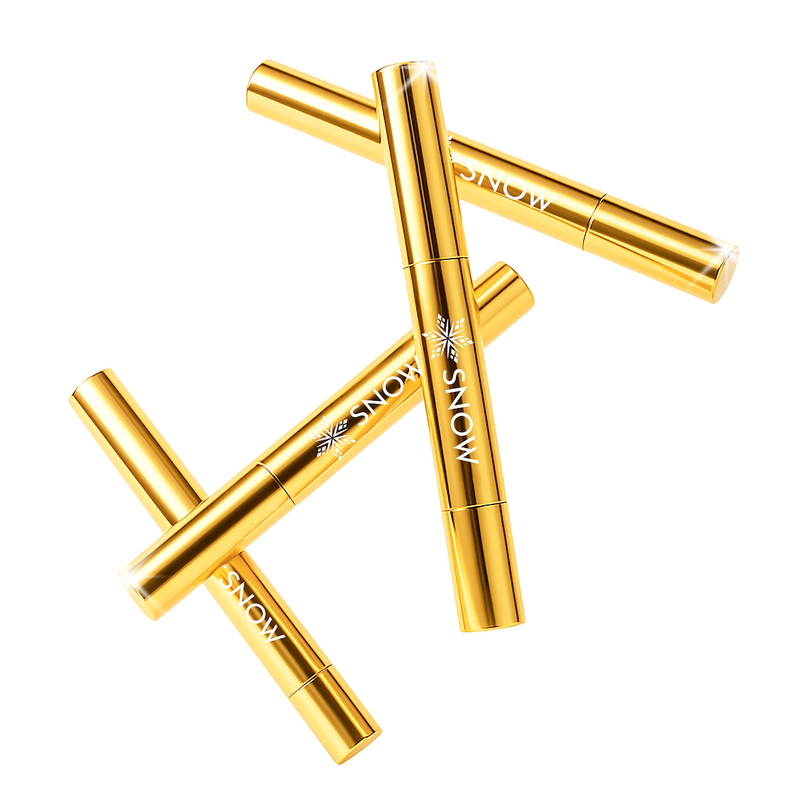

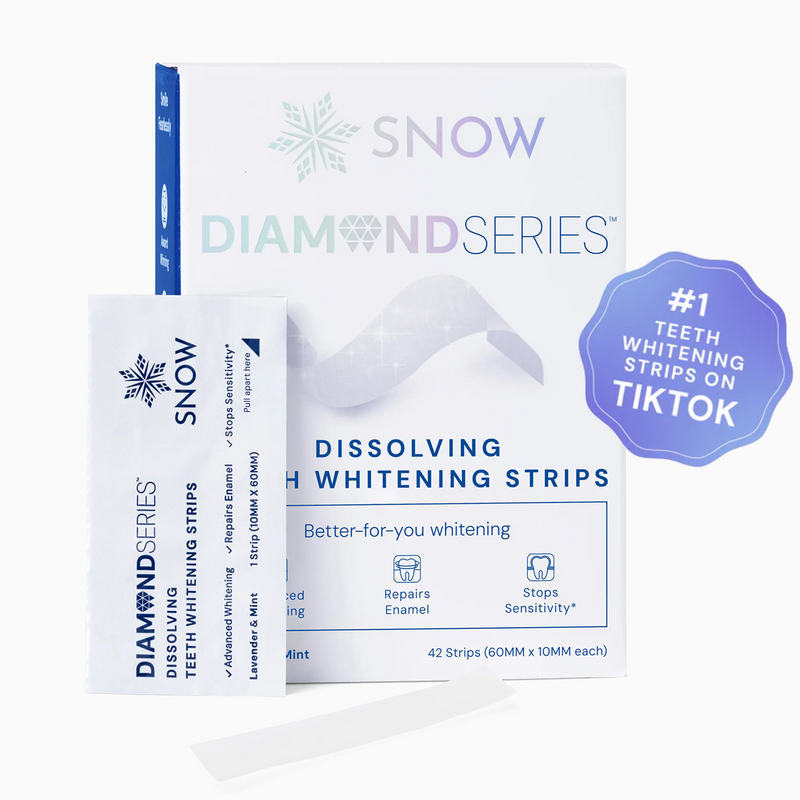
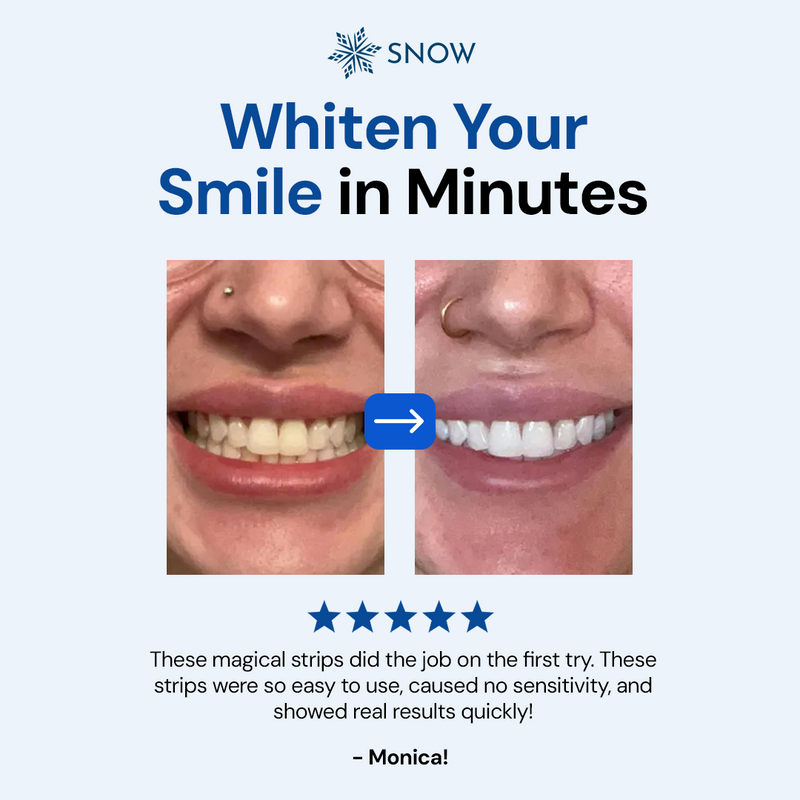
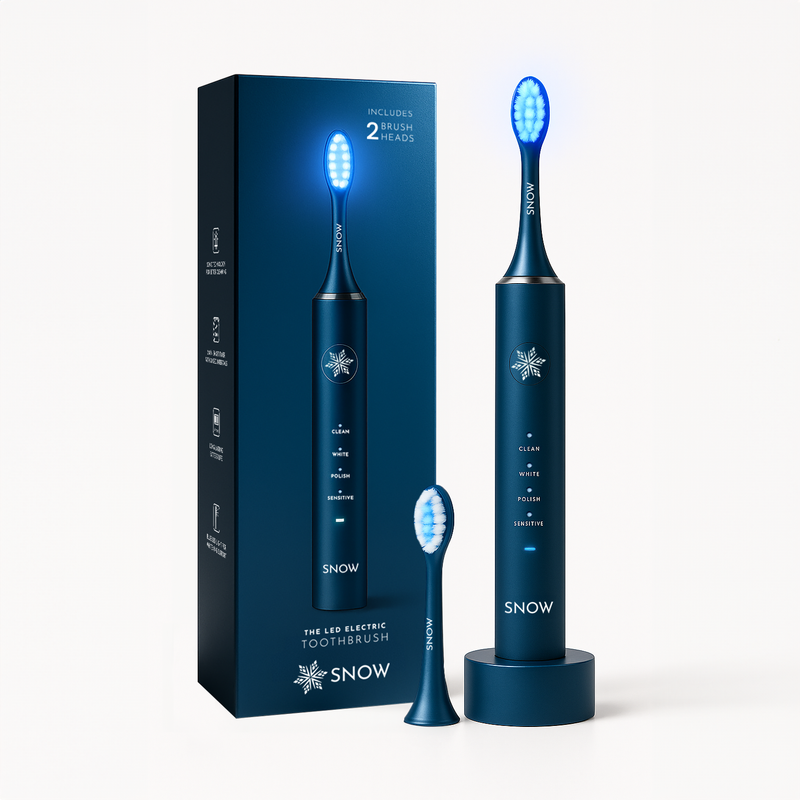

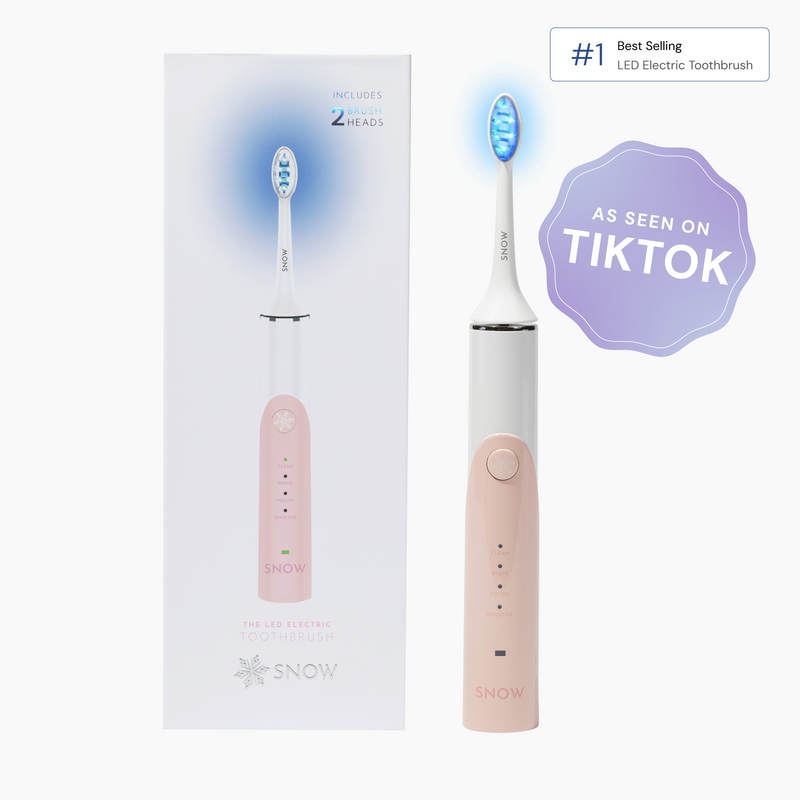
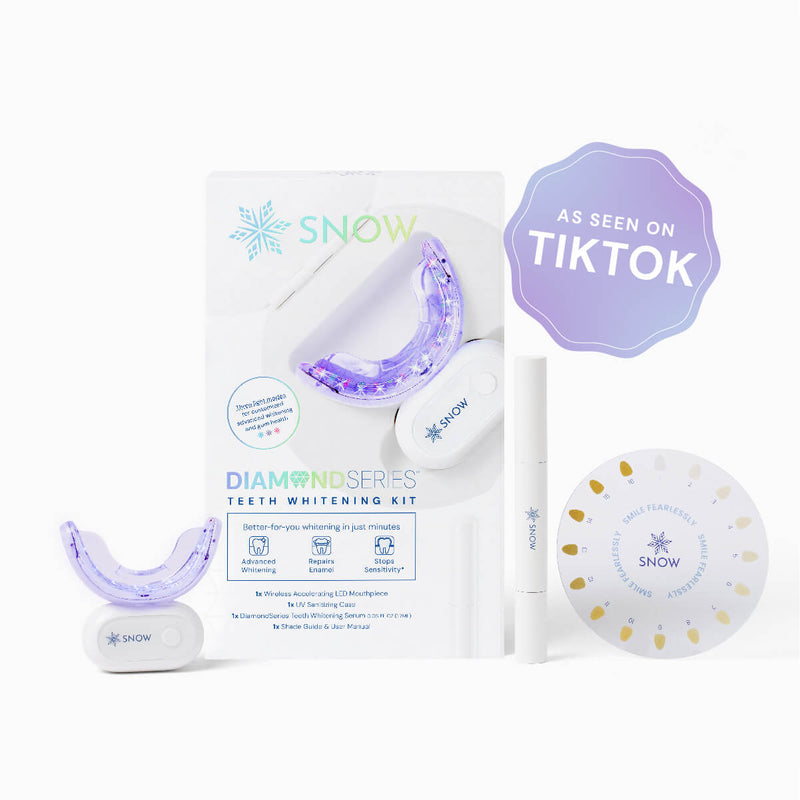
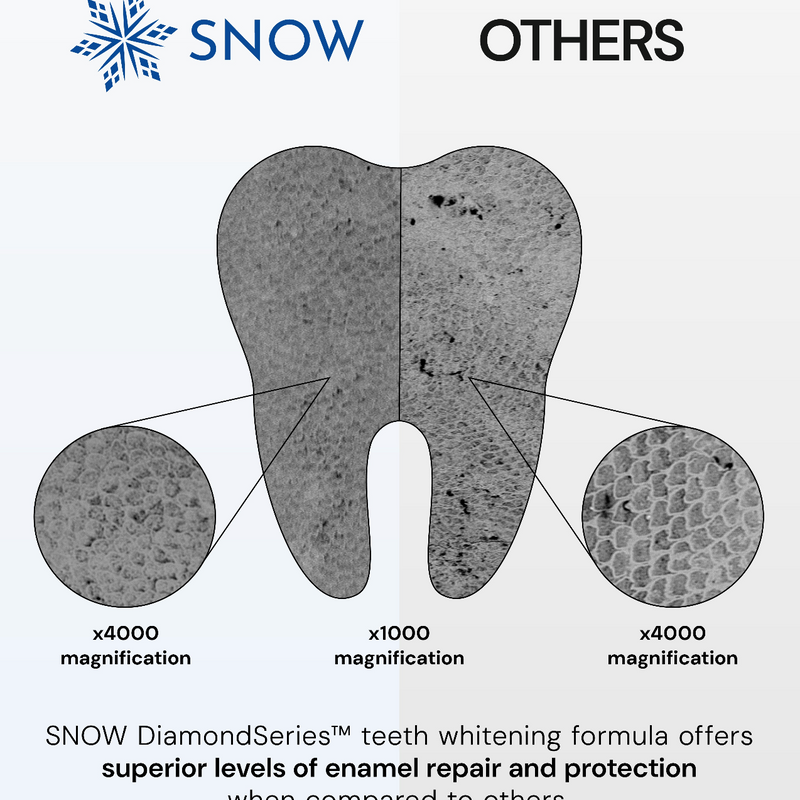
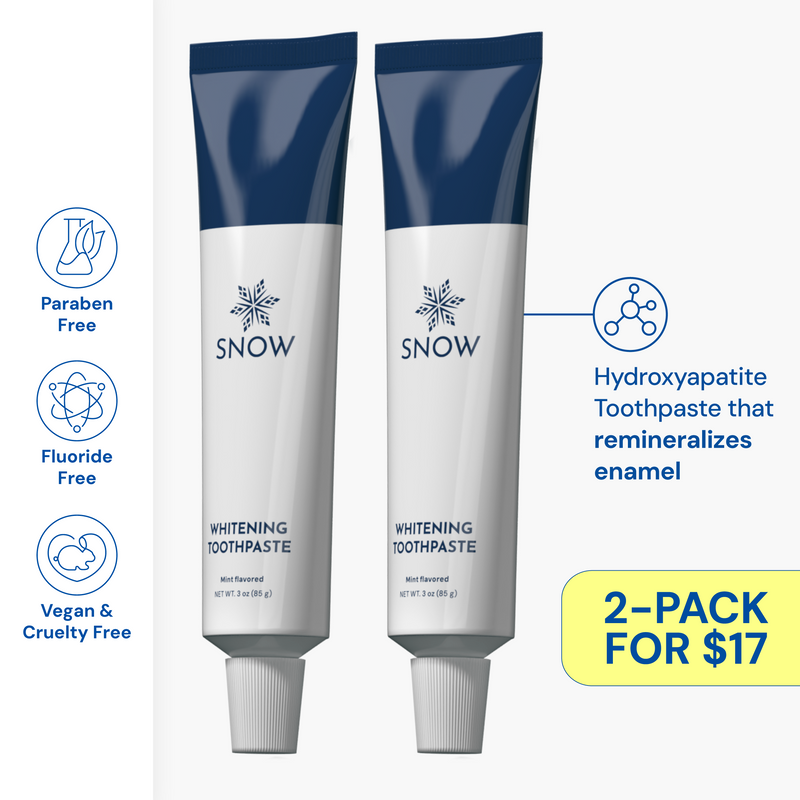
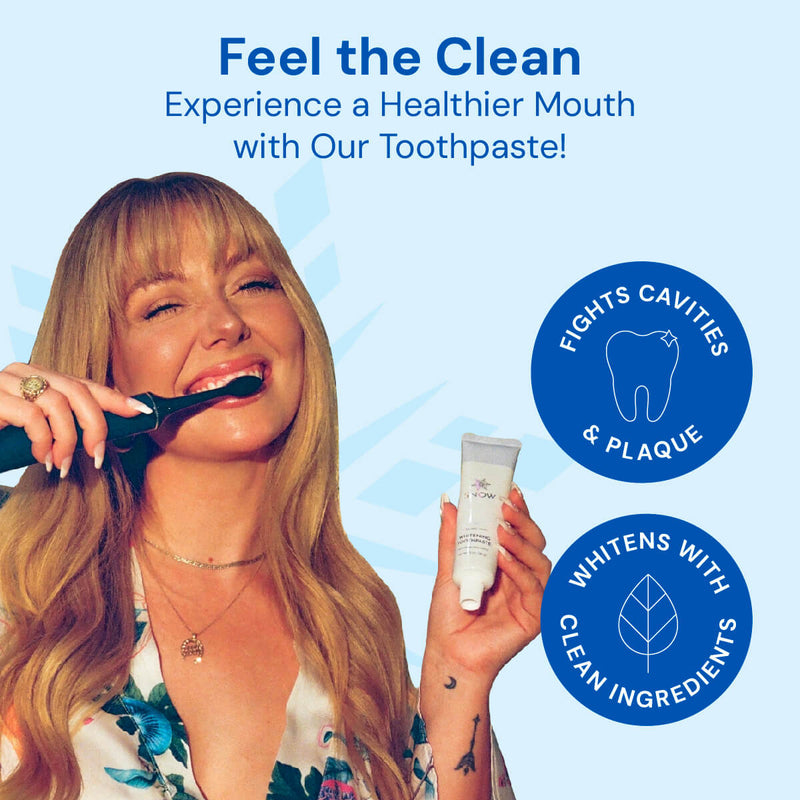
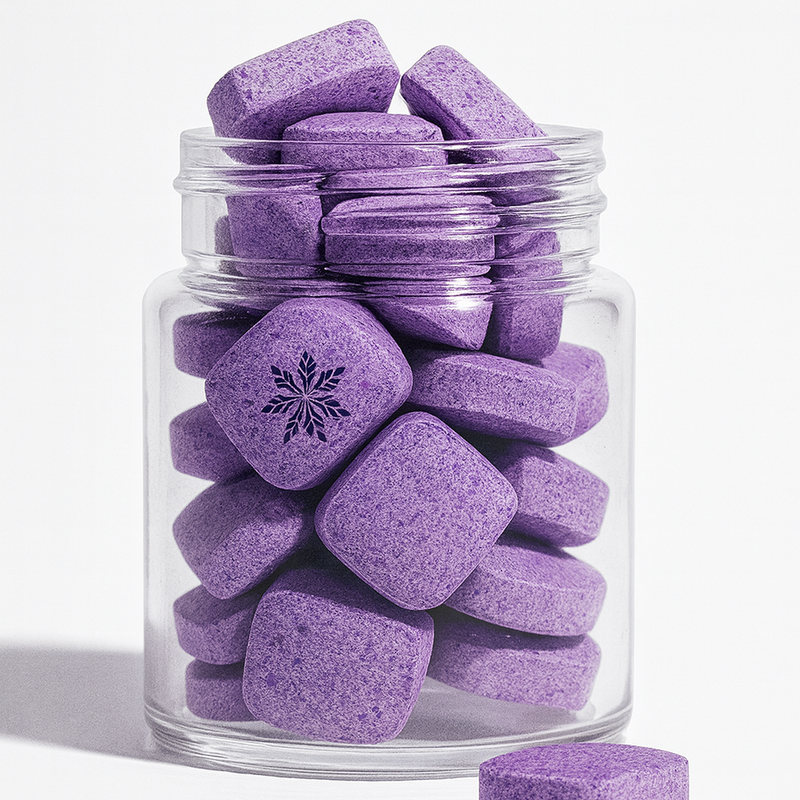
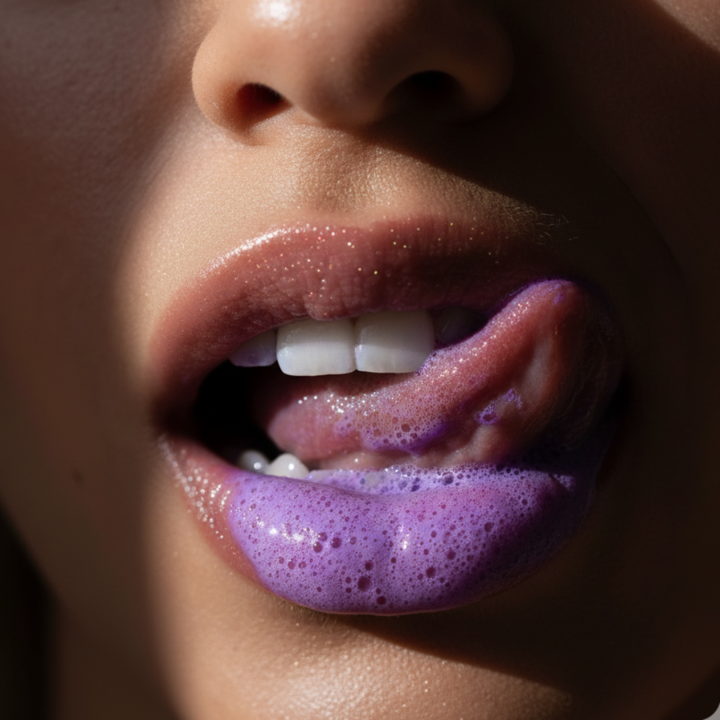
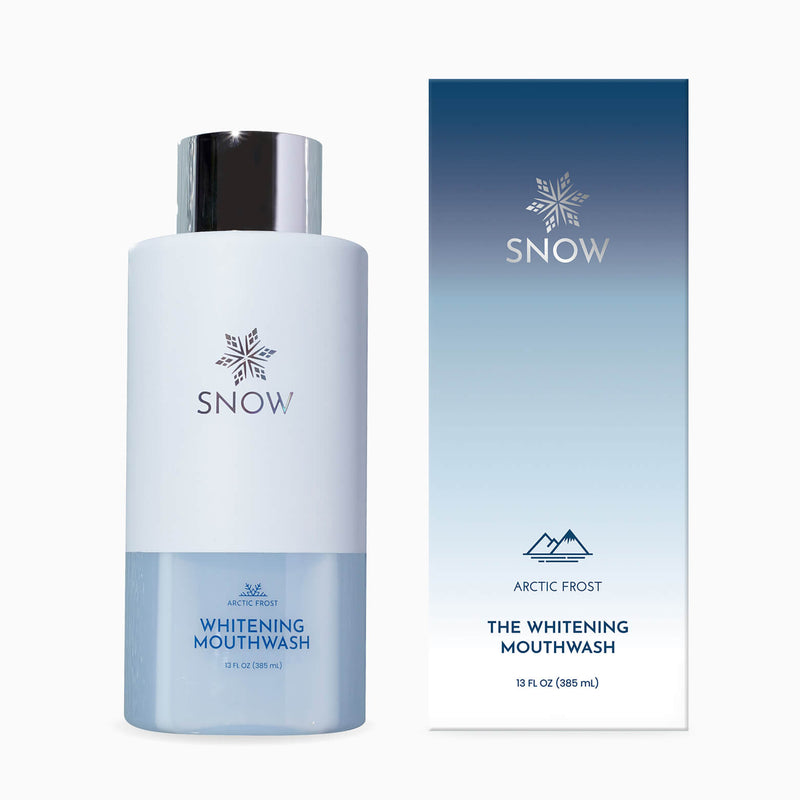

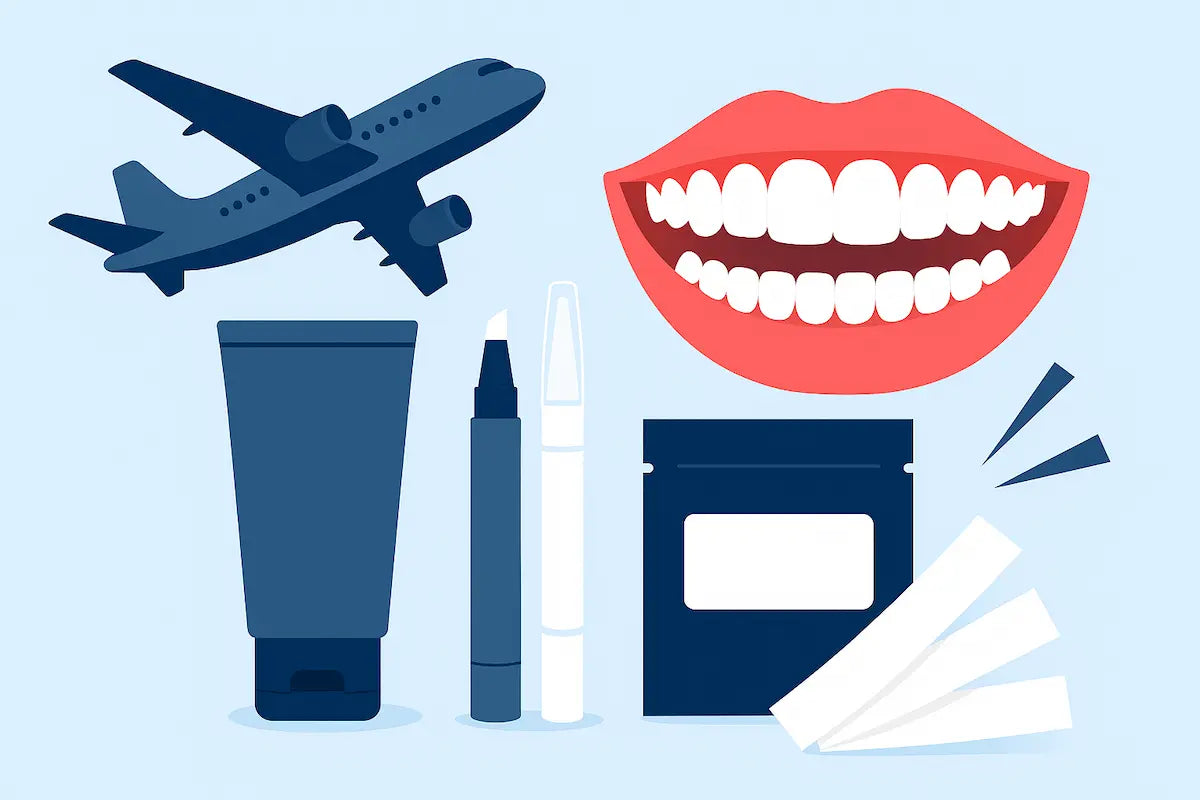
![The 7 Best Dissolving Teeth Whitening Strips of 2025 [Tested & Reviewed]](http://www.trysnow.com/cdn/shop/articles/Best_Dissolving_Whitening_Strips_f255d438-ec16-4864-88ee-a490b9b5c865.webp?v=1761235799)
